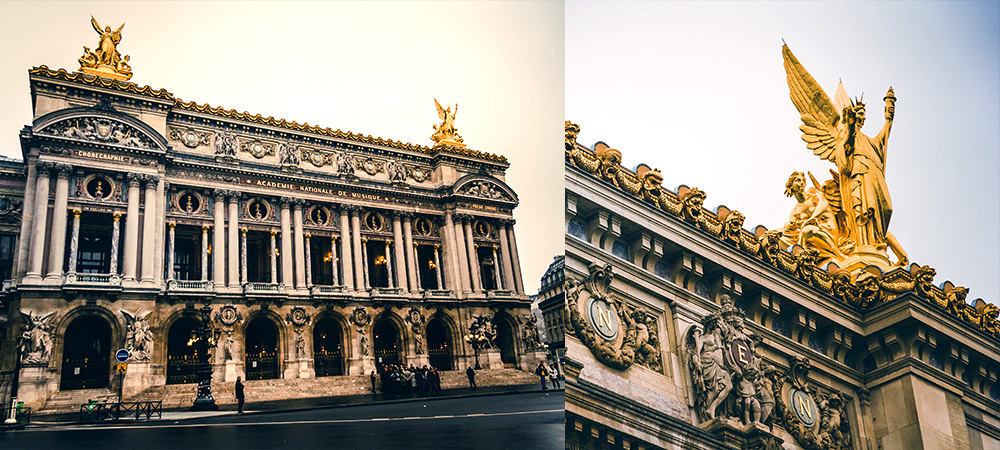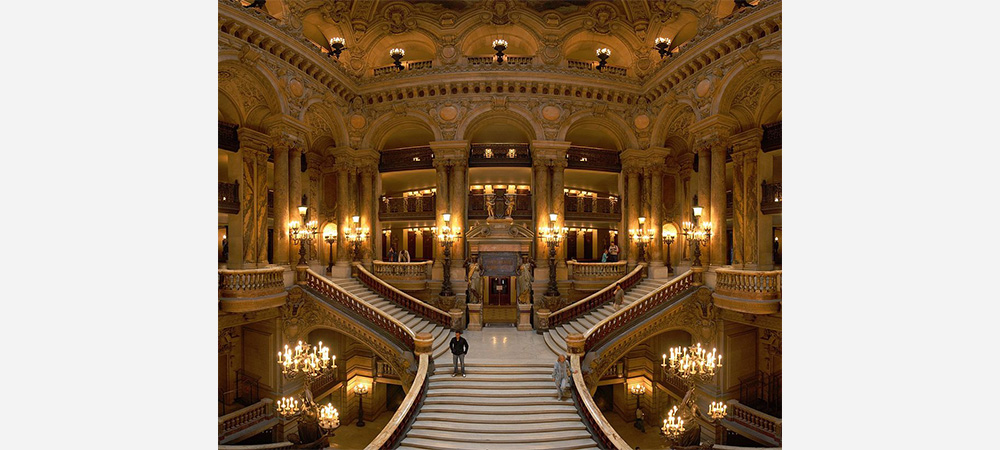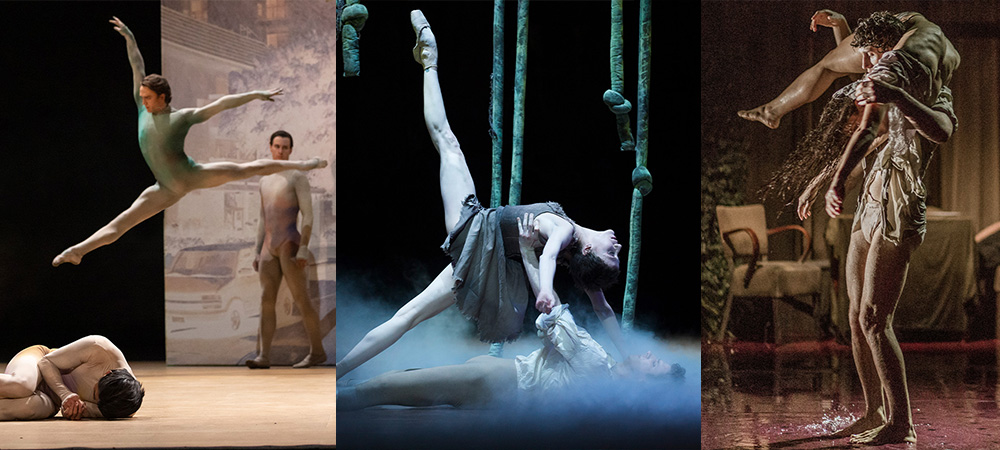- May 20, 2022
- Theatre in Paris exclusives
- Angela Spidahl
As an official partner of The Paris Opera, our team at Theatre in Paris was invited to see the ever so graceful ballet dancers during one of their typical rehearsals. But the question still remains, what does a typical ballet rehearsal look like for the dancers at the Paris Opera? Let us explain our first-hand experience at the grandiose Palais Garnier and all the beauty and elegance the ballet dancers emit!

As if it was a normal performance day, we were invited to arrive at the main entrance of the Palais Garnier, a truly magnificent piece of architecture where thousands of royals, artists, and lovers alike have marched before in excitement reigned by the infatuation of classical arts. Tickets in hand, the only thing that was different for us from a normal night at the ballet was the fact that it wasn’t at night at all. It was at 10:30 a.m., the ballet company’s usual rehearsal hour.
As Paris’ famous Place de l’Opéra began to be illuminated by the sunrays, we passed by other Parisians making their way to work and entered the baroque building of the Palais Garnier, inaugurated in 1875, adorned with statues of famous composers passed, highlighted with a marble facade, and draped in the golden light of morning.

The tumult of the avenue and the square faded away to give way to a particular silence. The silence of smiling faces, air buzzing with excitement, and dropped jaws from the sight of the first hall and the Grand Staircase, a moment that inescapably takes one’s breath away but is only an appetiser for what is yet to come.
While climbing the Grand Staircase, the spectator slowly infuses themselves into a world of grandeur through regal statues, multicoloured marble, and glowing candelabras that create an incomparable ambience. Before entering into the Palais Garnier’s theatre hall, we were led through a mysterious, dark hallway, until we were finally delivered from below the theatre seats and into the centre of the auditorium, directly below the famous gleaming chandelier and brilliantly coloured painting by Marc Chagall. With eyes raised to the ceiling, the spectator has the impression of being completely engulfed in all that is happiness, light, and the essence of art. The famous 8-ton chandelier of the Palais Garnier glimmers upon Chagall’s paintings, paying homage to the 14 major composers of opera and lyrical music through scenes from operas like The Magic Flute by Mozart.
On the stage, bathed in white light, the dancers in seemingly casual clothes stretched their legs, turned their heads slowly, and twisted themselves in baffling positions with an ease unimaginable. Arranged along four rows of bars, the dancers continued to prepare themselves for the approaching rehearsal while talking to their colleagues, all the while showing little to no effort in their elegant and admirable movements and positions.
In front of the stage, and above the orchestra pit, a shiny black piano sat almost unseen by how well it camouflaged into its surroundings. As soon as the director came on stage, the room was filled with the hammering of piano strings piloted by a pianist seemingly perfect for his job. As the teacher gave precise step directions, the pianist’s fingers delivered Chopin’s Nocturnes, ethereal Schumann masterpieces, notable themes from several ballets and operas, as well as cheerful jazz tunes from the other side of the musical spectrum.
The exercises started out slow and delicate. The teacher would first explain each exercise in a seemingly fast and incomprehensible fashion, yet, each time, the dancers would impeccably move their bodies in graceful gestures proving their deep understanding of ballet and the immense set of terms used in a rehearsal. Their movements were sometimes uniform, as if they all were different gears of a moving machine. More precisely, the graceful ballet technique of the Paris Opera dancers seemed to be the delicate gears and components of a music box, their moves interlocking with the tender glissandos of the piano. When their gestures were not united, their arms rose and floated through the air like morning waves lapping on a shore, gentle and forgiving.
As the class progressed and the barres were taken off of the stage, the directions given by the ballet teacher seemed to become more complex and the rhythm imposed by the piano accelerated. At this moment, the ballet dancers began to start using the full potential of the Palais Garnier stage. In combination with the pianist’s musical articulations, their controlled movements seemed to express different emotions and intentions. At times, their movements through arabesque suggested hopefulness and grace, while their fouetté turns and batterie jumps would emit excitement through rapid movements and extra beating of feet. Towards the end, the teacher began directing the ballerinas and ballerinos to split off, and the men began to work on turns while the women began tying their pointe ballet shoes. At the end, they all came together to show the audience what a real professional grand jeté should look like. The dancers took turns to show this jumping technique through the different sizes and shapes of the Paris Opera ballet dancers and, furthermore, their inevitable personal dancing style.

To see the Paris Opera ballet live, be sure to check out our website to browse the newly released 2022-2023 season! This season of new operas and ballets presented by the Paris Opera is stronger than ever with masterpieces such as Pina Bausch’s Kontakthof, Rudolf Nureyev’s Swan Lake, choreographies by Alan Lucien Øyen, George Balanchine, Bobbi Jene Smith, Wayne McGregor, Maurice Béjart, Kenneth MacMillan and Carolyn Carlson.
Terpsichore... keep up the good work... You spoil us!





